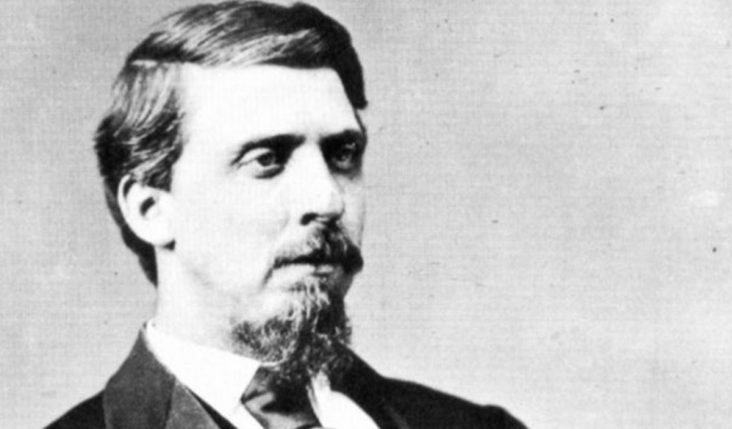Judge Isaac Parker documentary gets first look at tourism conference
by March 3, 2020 2:35 pm 2,455 views

Those attending the 46th annual Arkansas Governor’s Conference of Tourism had the treat of a sneak peek of “Indians, Outlaws, Marshals & the Hangin’ Judge” at the conference networking breakfast Tuesday (March 3) morning.
The 80-minute documentary, produced and directed by Arkansan Larry Foley, is a production of the David and Barbara Pryor Center for Oral and Visual History and the University of Arkansas School of Journalism and Strategic Media.
Foley said he chose to give the first look at his documentary at the conference held in Fort Smith because “so many of those who funded this project including Arkansas Parks and Tourism” were at the breakfast.
The film, which Foley called “uniquely Arkansas and uniquely Oklahoma and uniquely America,” is told in first person by Ada Patterson, a reporter with the St. Louis Republic who interviewed Judge Isaac Parker just months before he died from Blights Disease (a historic classification of kidney disease) at the same time the Western District court had been stripped of its jurisdiction into what was then Indian Territory.
“The legacy of the American Wild West has been immortalized by tales of such notorious places as Dodge City, Deadwood and Tombstone, but in the annals of forgotten history, no place is more significant than right here in Fort Smith, Arkansas, a uniquely western town in the middle of the country on the border of what was known as Indian Territory,” Foley read from the film’s introduction.
The film looks into Parker’s history as well as the general history of Indian Territory; U.S. Marshals such as Bass Reeves, Heck Thomas, Bill Tillman and Chris Madsen; some of the outlaws those marshals hunted; and hangman George Maledon. Foley uses newspaper accounts from the New York Times, the Fort Smith Elevator and the St. Louis Republic along with others as a foundation of the story.
Foley, a seven-time Emmy winner and member of the Mid America Emmy Silver Circle for a distinguished 40-year career as a documentary filmmaker, college professor and journalist, said, in essence, he has been working on the film for a lifetime, even since he visited the National Historic Site in Fort Smith while in elementary school. In 1986, he had a report aired on AETN on the subject. In 2012, he even filmed some of the footage shown in the documentary during the dedication of the Bass Reeves statue on Garrison Avenue in Fort Smith, he said. Foley also documents the Parker statue in Gateway Park in Fort Smith from design to dedication in the feature-length film.
Also included in the film are interviews with historians including Tom Wing of Fort Smith, Dr. Elliot West and Dr. Charles Robinson, as well as retired Judge Paul Brady, the great-nephew of Bass Reeves; law professor Stacy Leeds; and other experts.
“It’s a hell of a story. I’ve known this for a long time,” he said.
The premiere for the film will be May 8 at the Bakery District in Fort Smith. After that, Foley said he hopes to “take it on the road.” He is also in discussion with a distributor, streaming service and public education television about the documentary.
